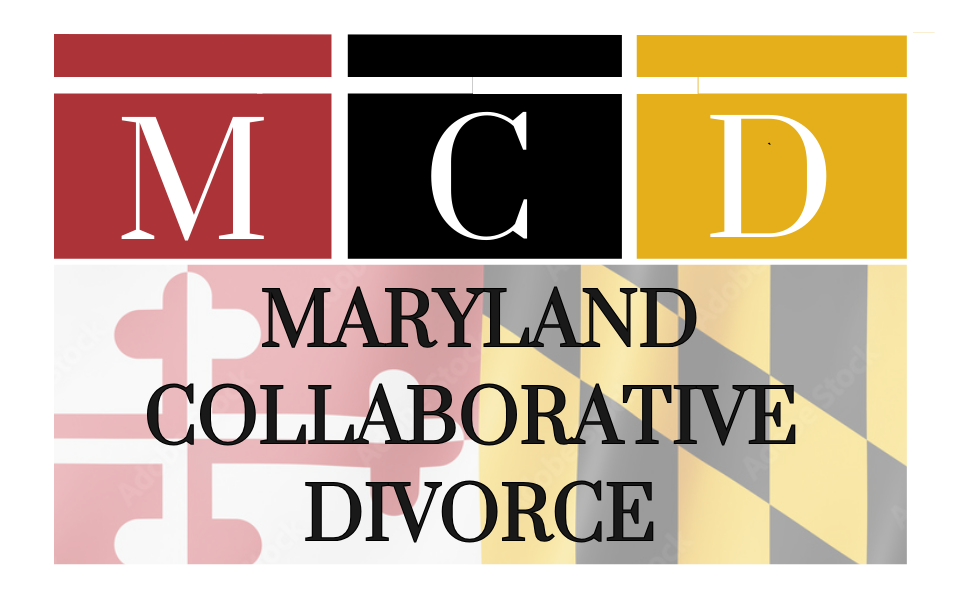The guest author of this article is Tom Burns, Esq., Partner at Berger & Burns, LLC. Tom is a Collaborative Attorney with Mayland Collaborative Divorce.
Collaborative law is an innovative approach to resolving disputes, especially in family matters, without going to court. In Maryland, this process is becoming increasingly popular due to its focus on mutual respect, privacy, and cooperative problem-solving. Here is a step-by-step guide to understanding and participating in collaborative law in Maryland.
Step 1: Understanding Collaborative Law
Collaborative law involves a series of structured meetings where both parties, along with their respective attorneys, work together to reach a mutually agreeable resolution. Unlike traditional litigation, collaborative law aims to avoid the adversarial nature of courtroom battles and instead foster a cooperative environment.
Benefits of Collaborative Law
- Privacy: The details of your case remain confidential, unlike court proceedings which are public records.
- Control: You have more control over the outcome, as decisions are made jointly rather than imposed by a judge.
- Costs: Collaborative law can be less expensive than litigation due to reduced courtroom time and associated legal fees.
- Relationships: This method can help preserve relationships, which is particularly beneficial in family law cases involving children.
Step 2: Choosing the Right Professionals
In collaborative law, each party needs an attorney trained in collaborative practices. Additionally, other professionals such as financial advisors, child specialists, or mental health professionals often referred to as “coaches” may be involved to provide expertise and support. Other aligned professionals may include real estate agents or mortgage brokers
Finding Collaborative Law Professionals
- Research and select attorneys or other professionals who are certified in collaborative law.
- Ensure that your collaborative professional has experience in handling cases similar to yours.
- Work with your collaboratively trained professional to build a team of professionals tailored to the specific needs of your situation.
Step 3: Signing the Participation Agreement
All parties must sign a participation agreement that outlines the commitment to resolving the dispute collaboratively and not resorting to litigation. This agreement sets the framework for the collaborative process.
Key Components of the Participation Agreement
- Commitment to Collaboration: Both parties agree to work out their differences outside of court.
- Confidentiality Clause: All discussions and documents shared during the process are confidential.
- Withdrawal Clause: If the collaborative process fails, the attorneys must withdraw, and new attorneys must be hired for litigation.
Step 4: Initial Meetings and Information Exchange
The collaborative process begins with initial meetings where both parties and their attorneys discuss the issues at hand. This stage involves the exchange of relevant information and documentation. This documentation is often collected and evaluated by a Financial Neutral that works directly with the parties and the collaborative attorneys
Effective Communication Strategies
- Maintain open and honest communication.
- Listen actively and empathetically to the other party’s concerns.
- Focus on interests rather than positions to facilitate cooperative problem-solving.
Step 5: Joint Sessions and Negotiations
Throughout the collaborative process, joint sessions are held where both parties, their attorneys, and any other involved professionals work together to negotiate and reach agreements. The parties may meet in breakout sessions with certain members of the collaborative team at different stages or on different issues to take advantage of the professionals’ specific areas of expertise creating efficiency.
Strategies for Successful Negotiations
- Prepare thoroughly for each session by doing assigned homework, reviewing relevant documents and considering possible solutions.
- Stay patient and flexible, understanding that negotiations may take time.
- Seek creative solutions that satisfy the needs and interests of both parties.
Step 6: Finalizing the Agreement
Once an agreement is reached, the attorneys draft a settlement document that outlines the terms. Coaches may work on a specific parenting plan that is incorporated in the settlement document. Both parties review and sign this document.
Components of the Settlement Agreement
- Detailed Terms: Clear and comprehensive terms of the agreement.
- Implementation Plan: Steps and timelines for executing the agreed-upon terms.
- Review and Adjustments: Provisions for future reviews and adjustments if necessary.
Step 7: Court Approval
In Maryland, a settlement agreement that resolves all issues is required to proceed with a divorce based upon the grounds of Mutual Consent. The Collaborative attorneys can only represent the parties in an uncontested court proceeding. Hearings often occur within 30 to 60 days of filing depending on the jurisdiction. Conveniently, these uncontested hearings often occur via video conference for convenience. This step is typically straightforward, as the court often favors collaboratively reached agreements. Most hearings conclude within 15 minutes.
Step 8: Implementing the Agreement
After court approval, the final step is to implement the terms of the settlement. Both parties must adhere to the agreed-upon conditions and actions.
Ensuring Compliance
- Monitor the implementation of the agreement regularly.
- Address any issues or breaches promptly and collaboratively.
- Utilize the support of professionals involved in the collaborative process for guidance and enforcement.
Conclusion
Collaborative law in Maryland offers a respectful and cooperative approach to resolving disputes. By understanding each step and engaging the right professionals, parties can reach mutually satisfactory agreements that preserve relationships and maintain privacy. This method emphasizes problem-solving and future-focused solutions, making it a valuable option for conflict resolution.

